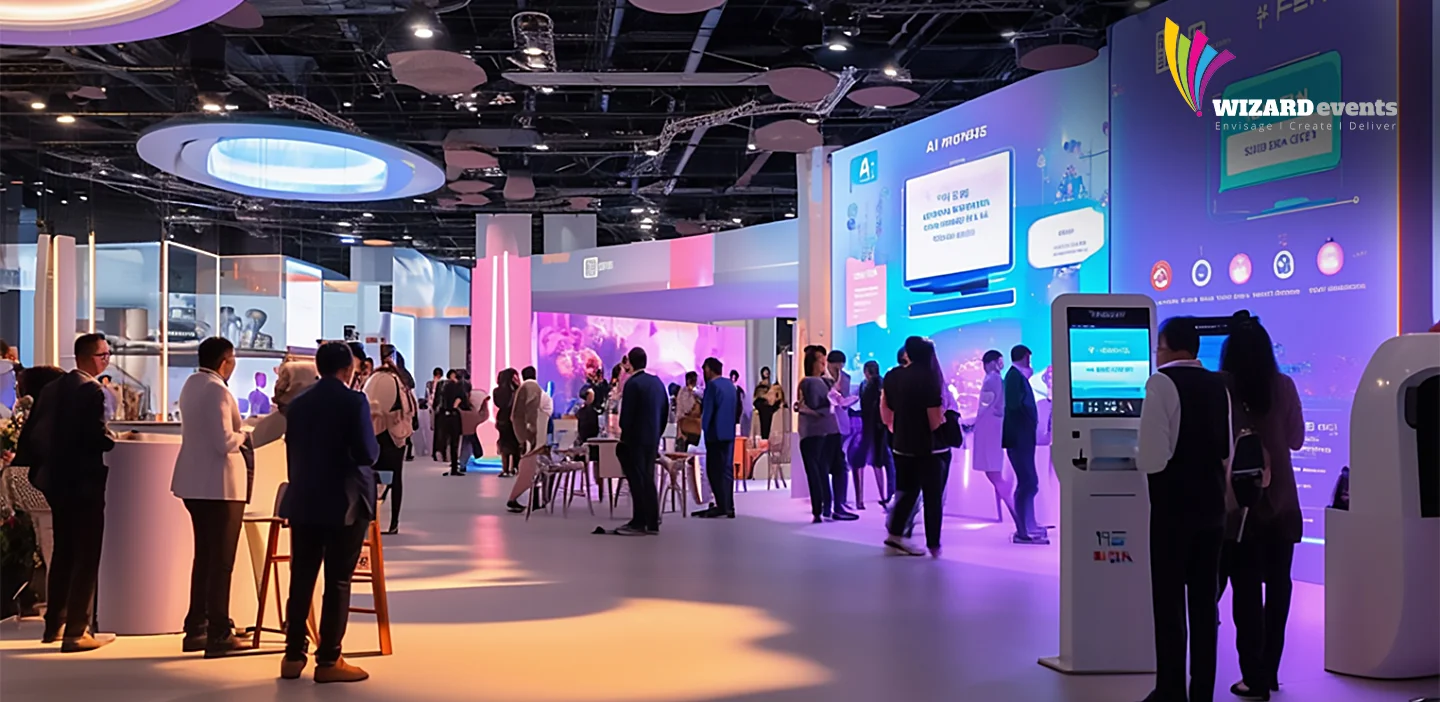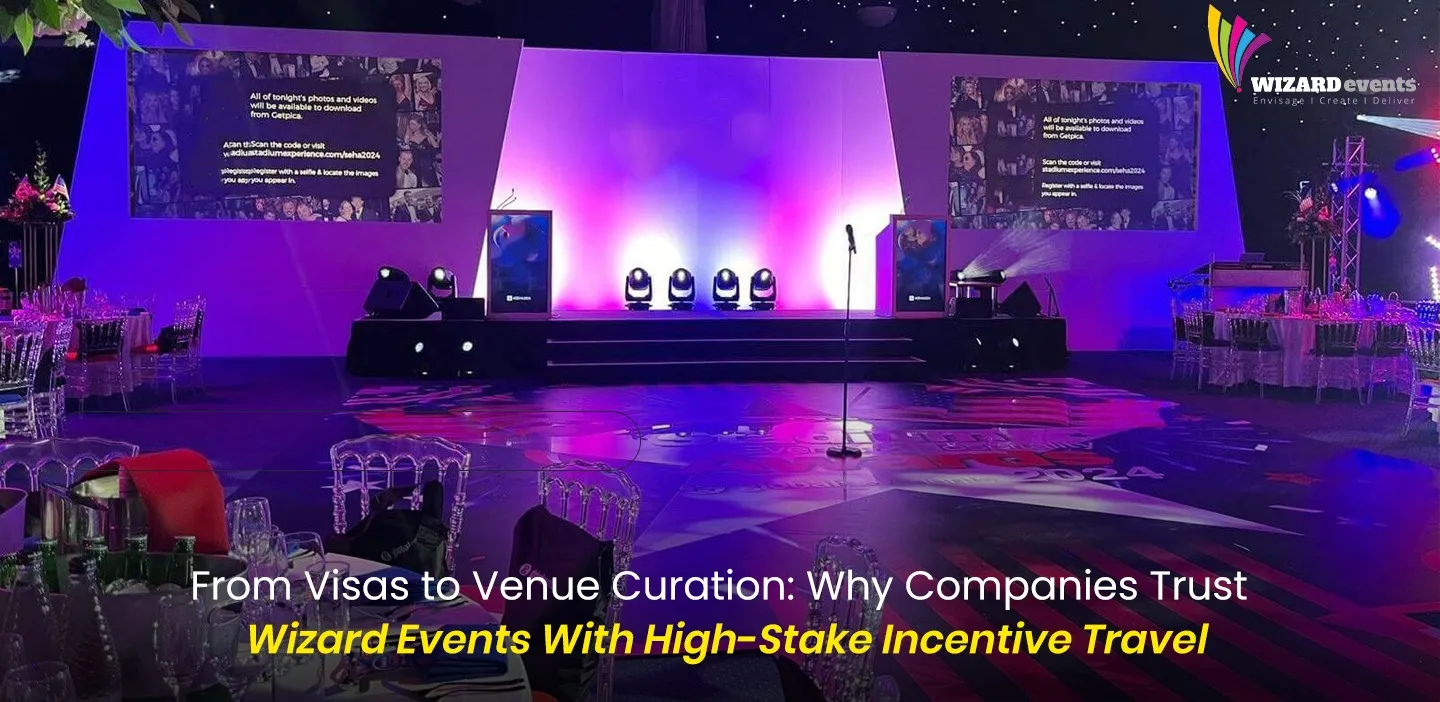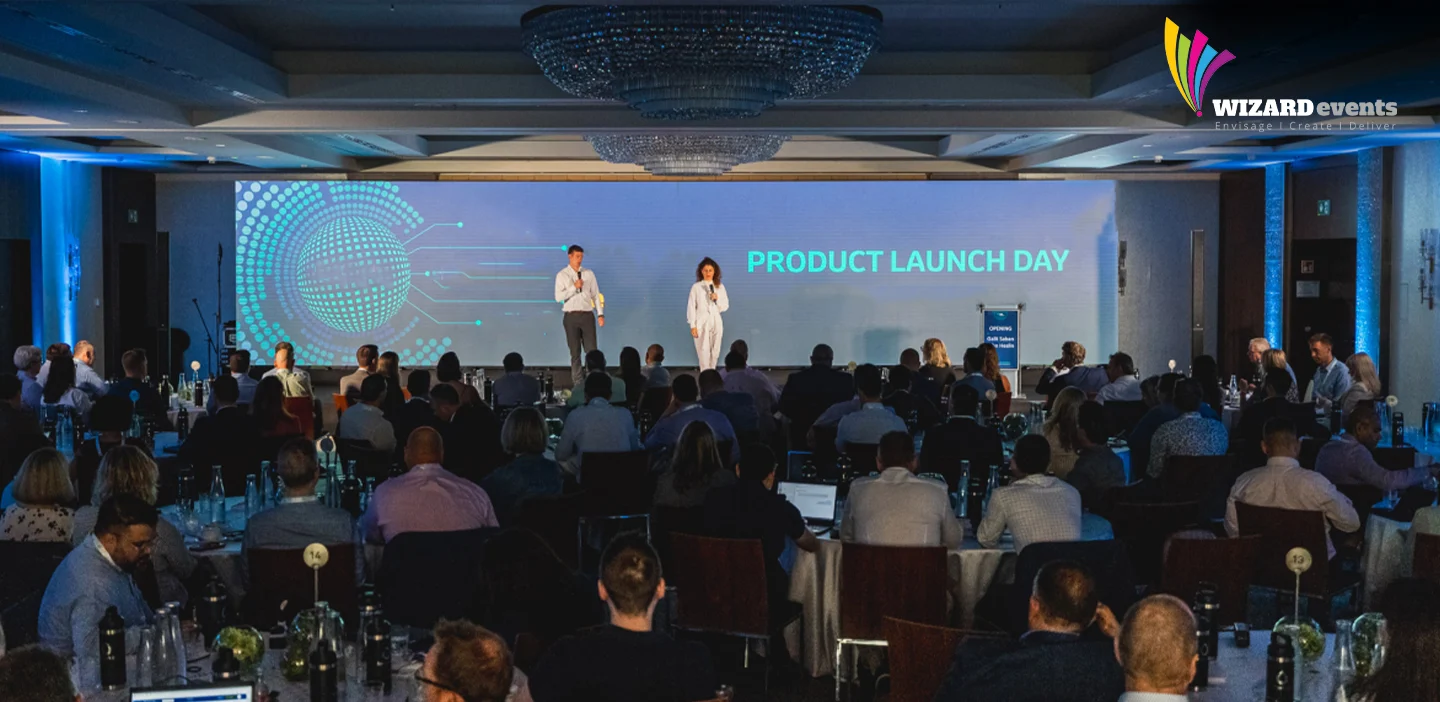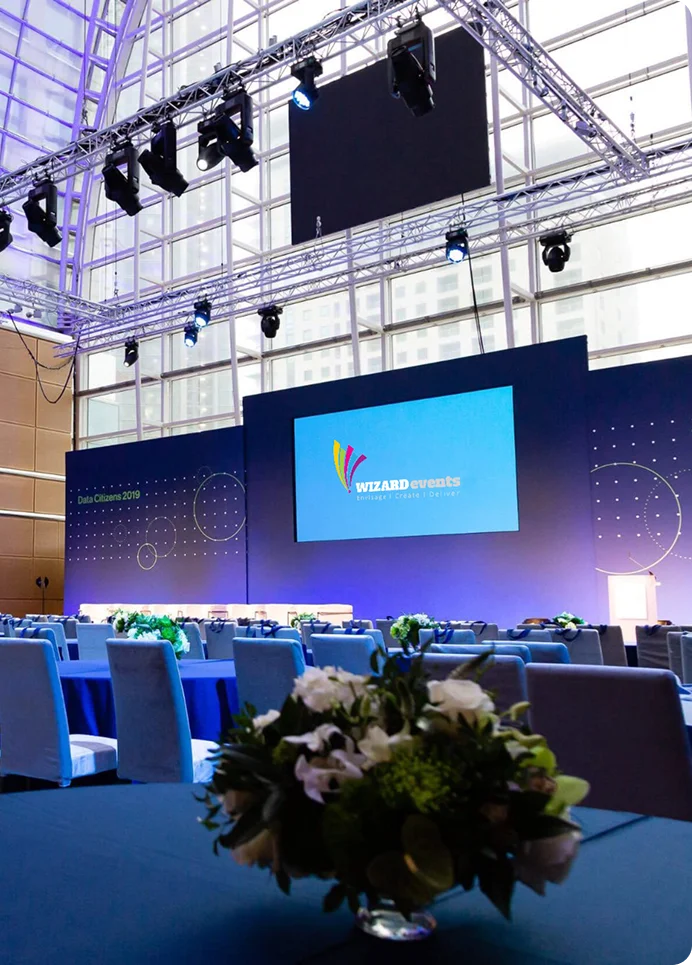The Quiet Tech Behind the Buzz
You might not notice it right away. In fact, most attendees don’t. They walk into a conference, check in quickly, find their way around with ease, maybe even get a suggestion on where to grab lunch between sessions. Everything feels effortless. Seamless.
What they’re actually experiencing is AI at work, working quietly in the background, making everything click into place.
For MICE events companies, this behind-the-scenes brilliance is fast becoming the new normal. Not because it’s trendy, but because it solves real problems. Long lines? Fixed. Confusing layouts? Optimized. Missed opportunities to connect with the right people? Handled.
Let’s take a walk through how it all comes together.
The First Five Minutes: Where Experience Begins
You know how you can tell if an event’s going to be well-run within five minutes of walking in? It’s in the check-in process. If there’s a line out the door, people on phones trying to figure out who’s registered where, it sets the tone.
Now imagine this: you arrive, flash a QR code or look into a screen, and your badge is ready. No paper. No delays. Just in and done.
That’s AI. It doesn’t shout. It doesn’t sell. It just works, smoothing out the clunky parts before they ever become an issue.
No Maps, No Panic — Just Ask
Let’s say you're at a big venue, one of those maze-like conference centers. You’re trying to find Hall 3B, but every turn looks like the last one. Normally, you’d ask a staffer or squint at a layout on a wall.
But today, you just pull out your phone, tap the event app, and ask, “Where’s the sustainability panel?” Within seconds, you’ve got directions, a time reminder, and even a list of who’s speaking.
AI-powered chat assistants are basically the new help desk. And they never take a lunch break.
Eyes on the Floor, Without Being Everywhere
When you’re managing a live event, knowing what’s happening and where is half the job.
Which session is overflowing? Where are the bottlenecks forming? Is the coffee line spilling into the networking lounge?
Instead of guessing or radioing teams back and forth, planners now rely on real-time data. AI reads foot traffic, session check-ins, social chatter. It doesn’t just collect information, it translates it into action. Quietly, quickly, and without adding more stress.
For top MICE companies, this means being able to adjust on the fly, shift session times, reroute traffic, open up extra seating — before things get messy.
Tailoring the Experience (Without It Feeling Creepy)
One of the nicest compliments you can get after an event is, “It felt like it was made for me.” That doesn’t happen by accident.
AI tools now help build personalized event journeys based on attendee profiles; what someone does, where they’ve been, what they’ve shown interest in. So while one guest gets nudges about leadership workshops, another gets pinged about tech demos or wellness breaks.
Even networking is smarter now. You might get matched with people based on your role, industry, or mutual goals. It’s like running into the right person “by chance,” but engineered quietly behind the scenes.
It still feels human. That’s the point.
The Floor Plan? It’s Already Solved
Before a single chair is placed, AI platforms help design how people will move through a space. They test different layouts, simulate traffic flow, factor in booth attraction zones, exits, even catering points.
It used to take days to get this right. Now it’s modeled in minutes. More importantly, it’s modeled with purpose, not just to fit things in, but to make the space breathe.
For MICE events companies juggling multiple venues and quick turnarounds, this is more than just a perk. It’s a relief.
The Back-End Work No One Sees
If you’ve ever managed an event, you know that a big chunk of the work isn’t glamorous. It’s emails. Schedules. Logistics. Follow-ups. Vendor calls. Spreadsheet chaos.
AI’s helping with that too.
Platforms now manage task flows, send nudges when something’s falling behind, and even spot issues before they arise, like a vendor delay or budget mismatch.
It doesn’t remove the need for human touch, but it lifts a lot of the heavy lifting so your team can focus on what actually matters; content, people, experience.
Safety Isn’t Optional — And Now It’s Smarter
Big gatherings come with big responsibility. Managing entrances, exits, ID verification, crowd control; none of that can be left to guesswork.
With AI-powered surveillance and facial recognition, security is tighter, but less intrusive. Instead of long lines and heavy checks, you get streamlined access that still keeps everyone safe.
When it works well, no one notices. That’s exactly the goal.
Less Waste, More Impact
One of the most underrated uses of AI in events? Sustainability.
When systems can accurately predict how many people will attend, what sessions they’ll go to, what meals they’ll choose, you don’t over-order. You don’t overprint. You don’t over-plan.
It’s smarter planning that’s also better for the planet. And in today’s world, that’s not just a bonus — it’s expected.
After the Applause: What Did We Learn?
Here’s where AI quietly shows off. While people are still sipping coffee at the closing session, AI is already building the post-event report — what sessions had the most engagement, which booths got the most traffic, where people dropped off, and where they stayed.
Instead of a vague recap, planners now get clarity. What worked. What flopped. What to do differently next time.
For clients, it’s proof of performance. For planners, it’s gold.
What It All Means for MICE Event Pros
Let’s be honest, no software can replace experience. But it can make that experience go further.
Top MICE companies aren’t using AI to replace their teams. They’re using it to elevate them. To take the stress out of logistics, so creativity can lead. To reduce the mess, so connection can shine.
AI won’t charm a guest at the welcome desk or fix a microphone mid-pitch but it will make sure fewer things go wrong in the first place.
And that’s something every planner, client, and guest can appreciate.
In the End, It’s Still About People
No matter how much tech you plug in, an event’s success still depends on how people feel.
AI helps with that. Not by showing off, but by getting out of the way. It lets the magic happen — the handshakes, the laughter, the inspiration — without interruption.
And maybe that’s the best thing it does.








